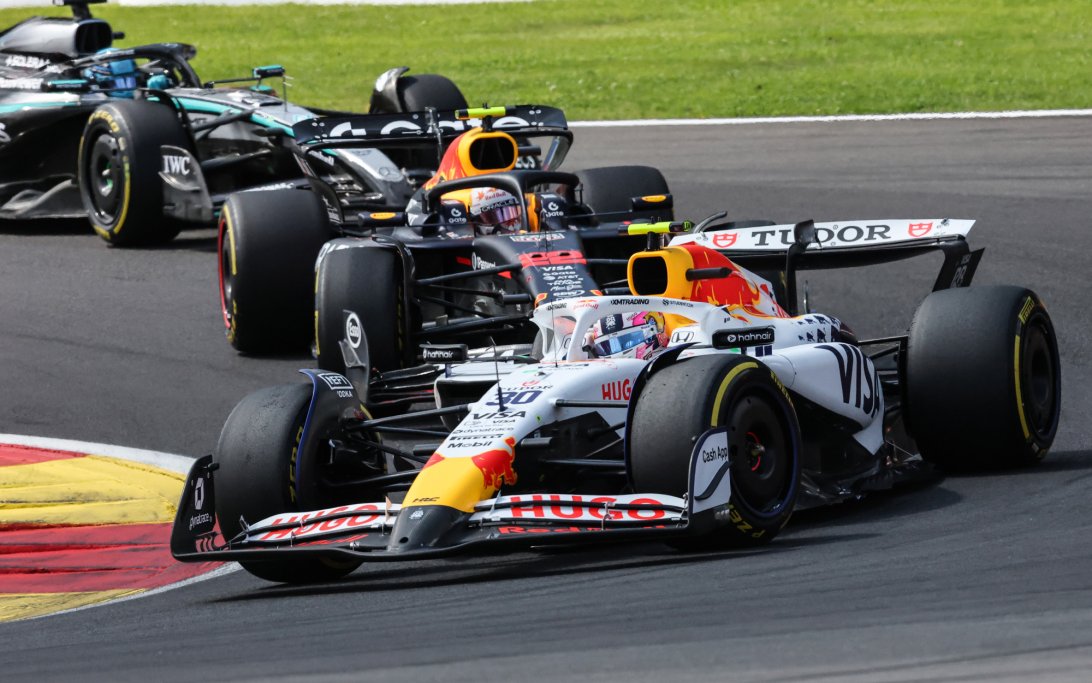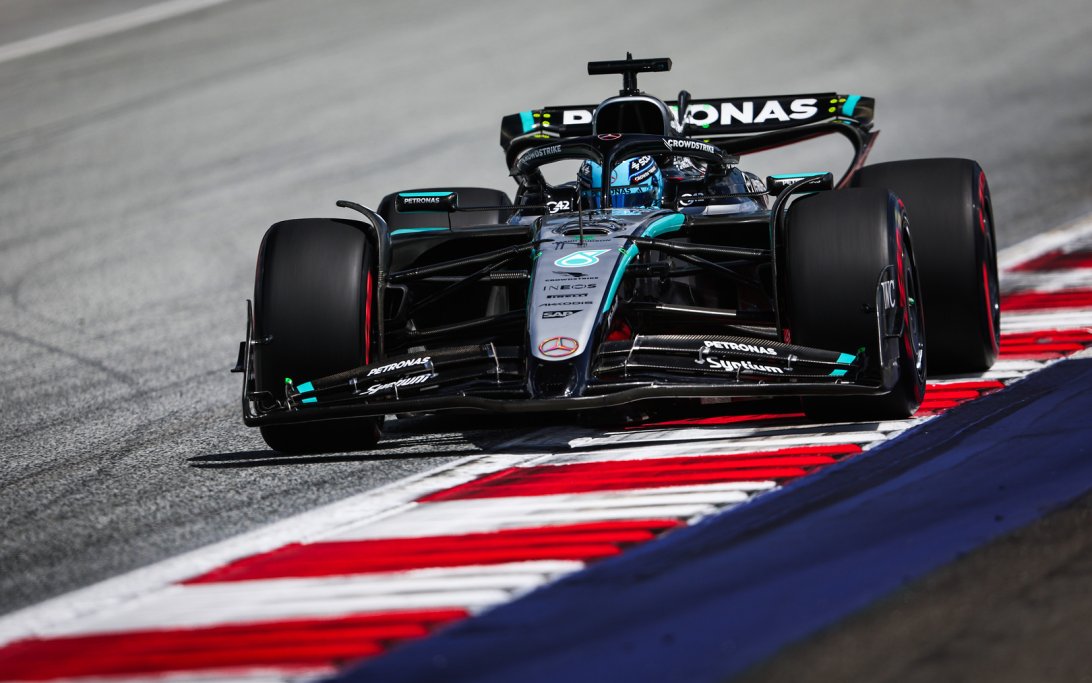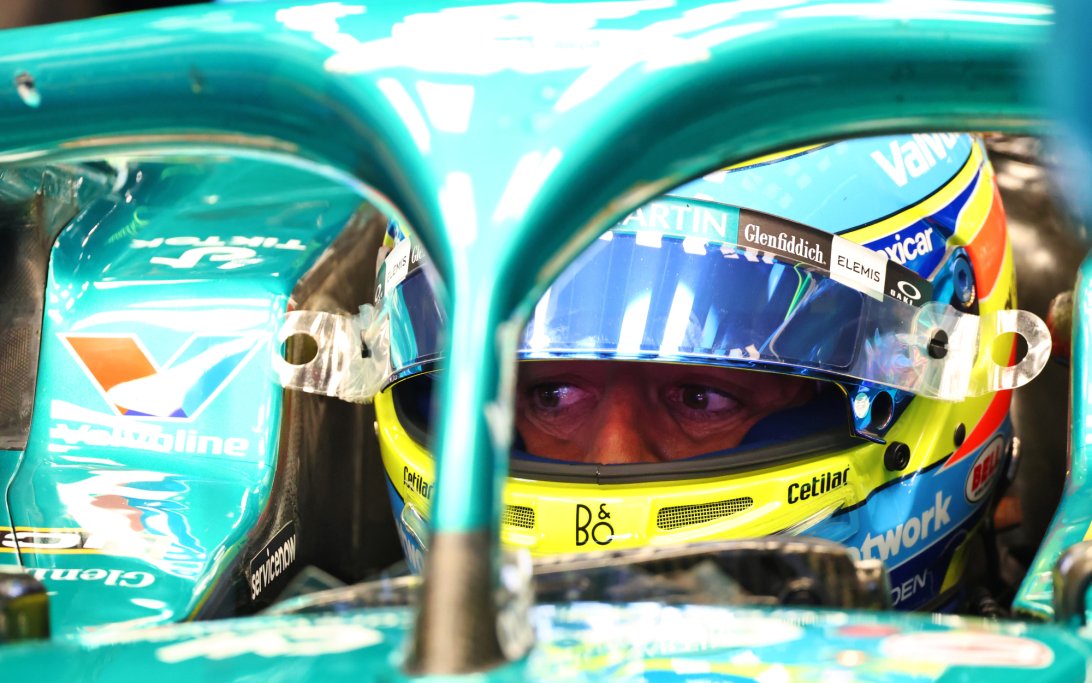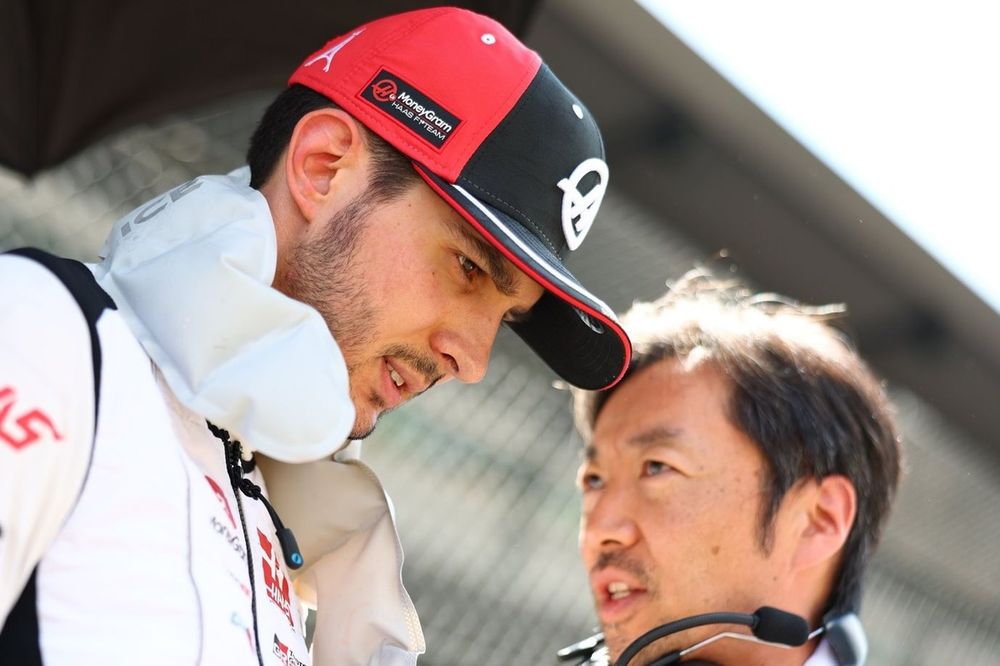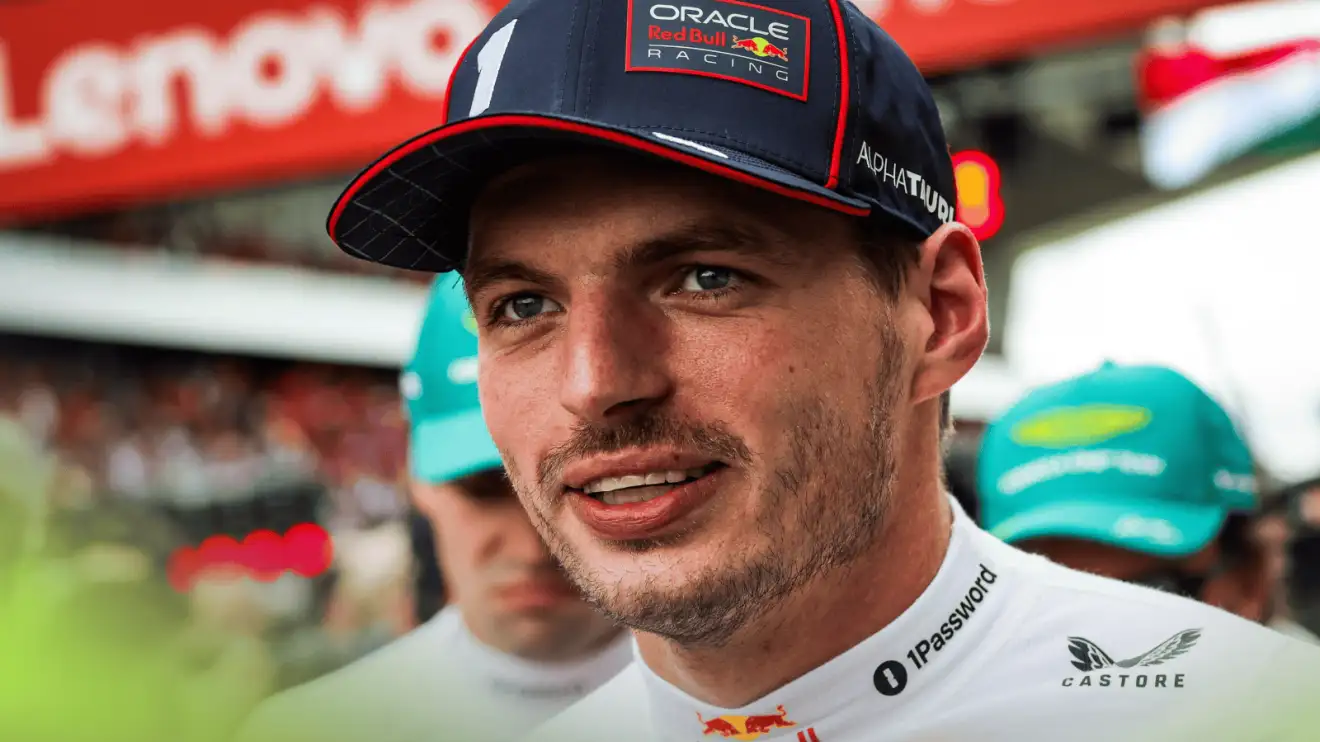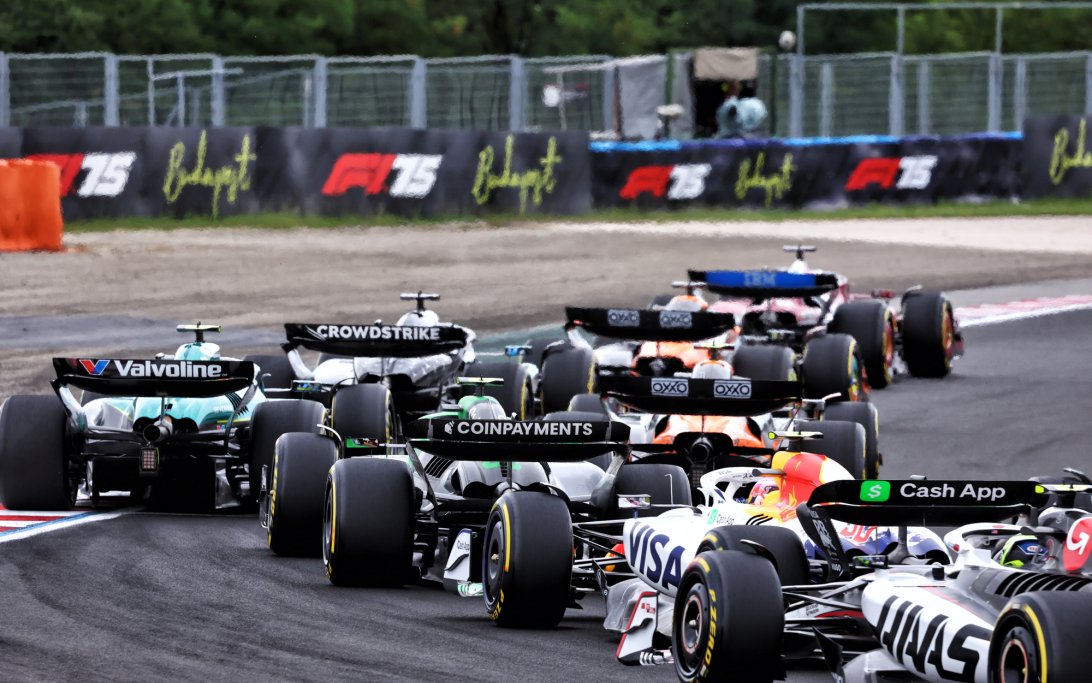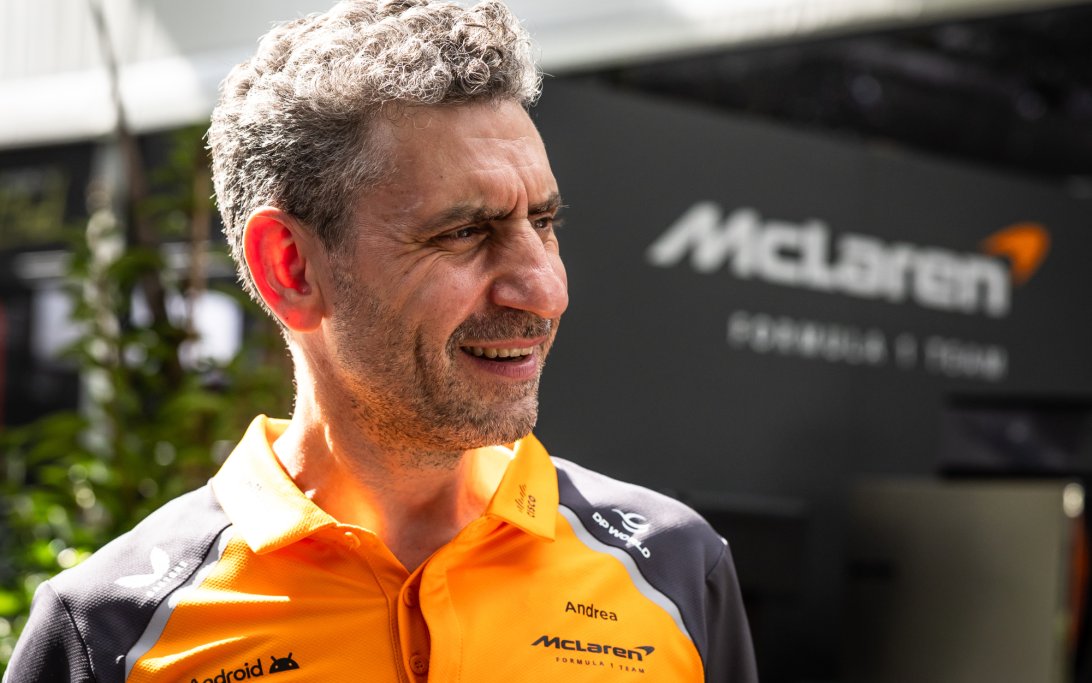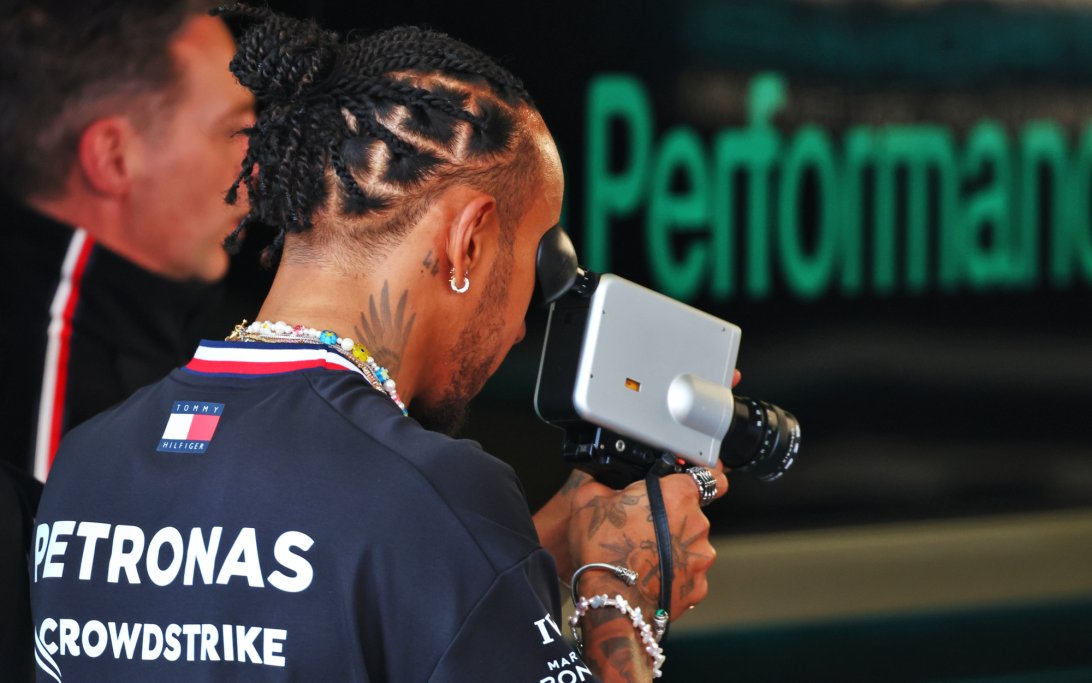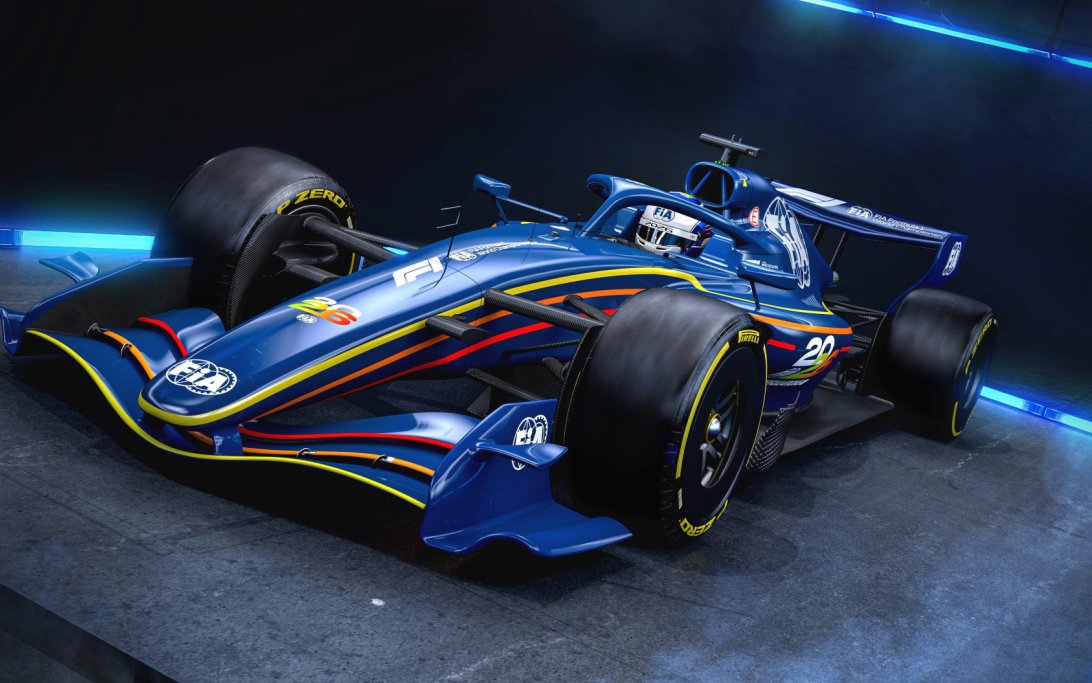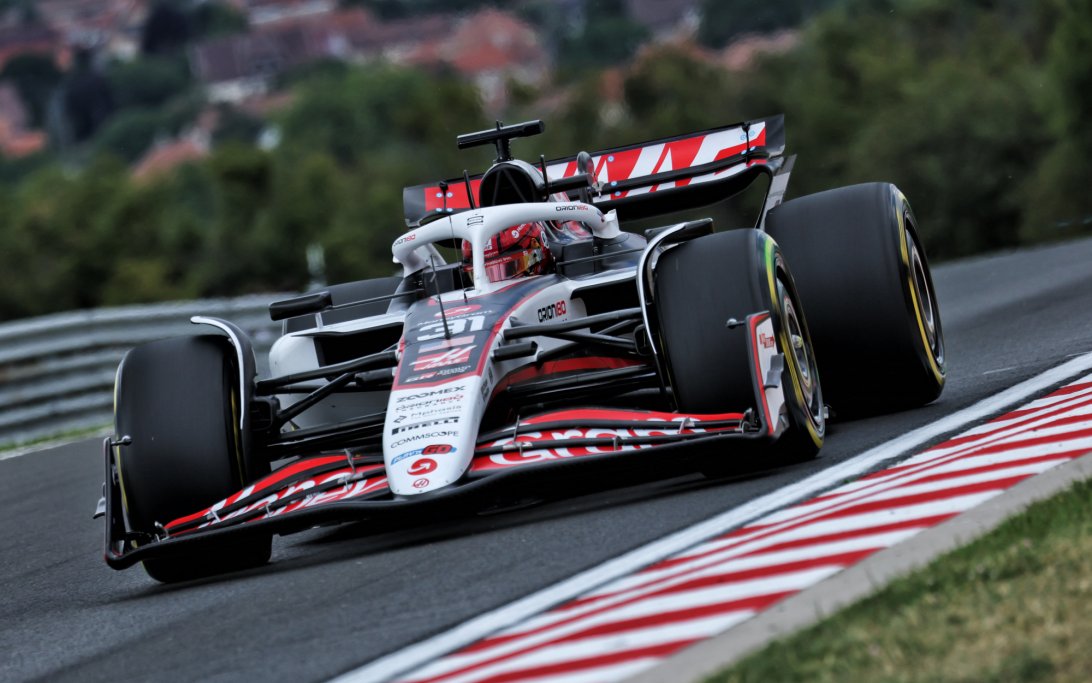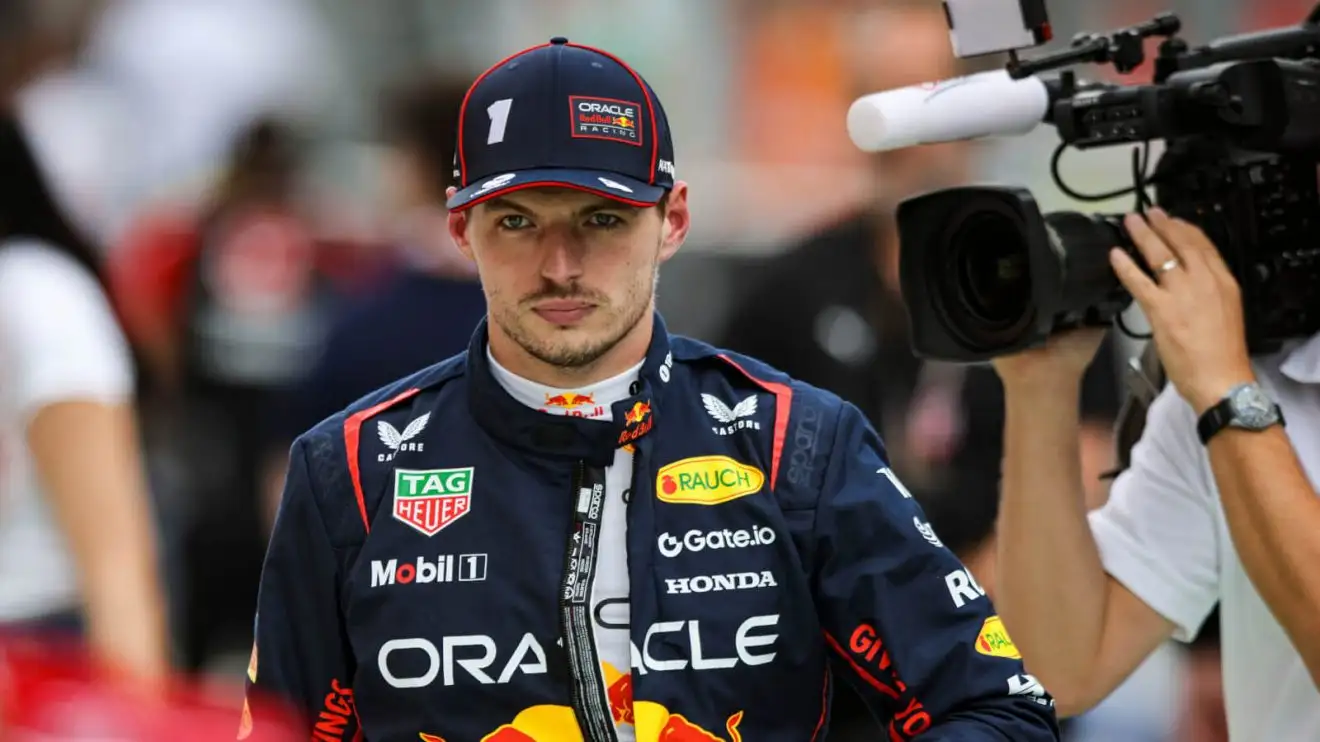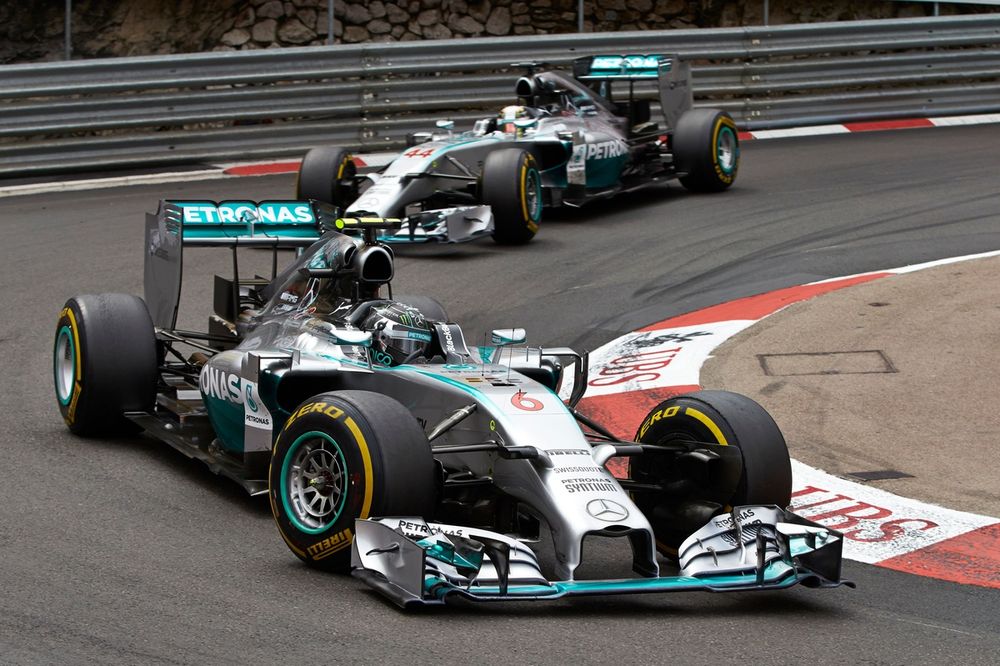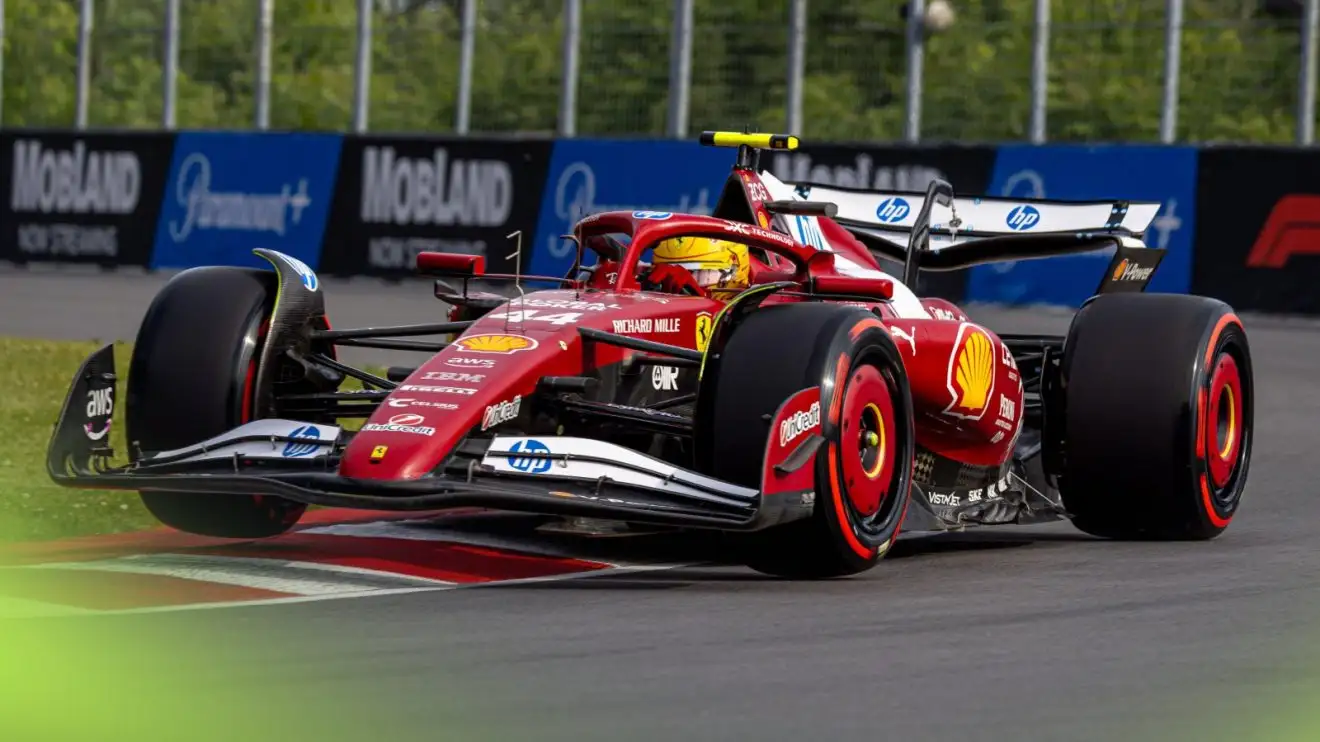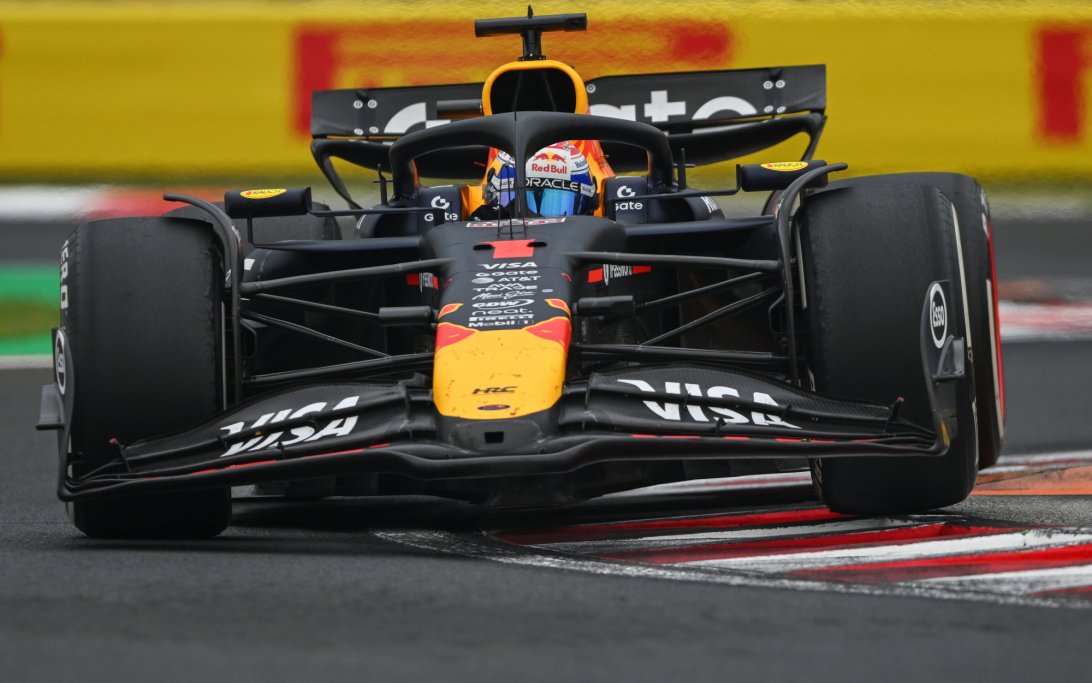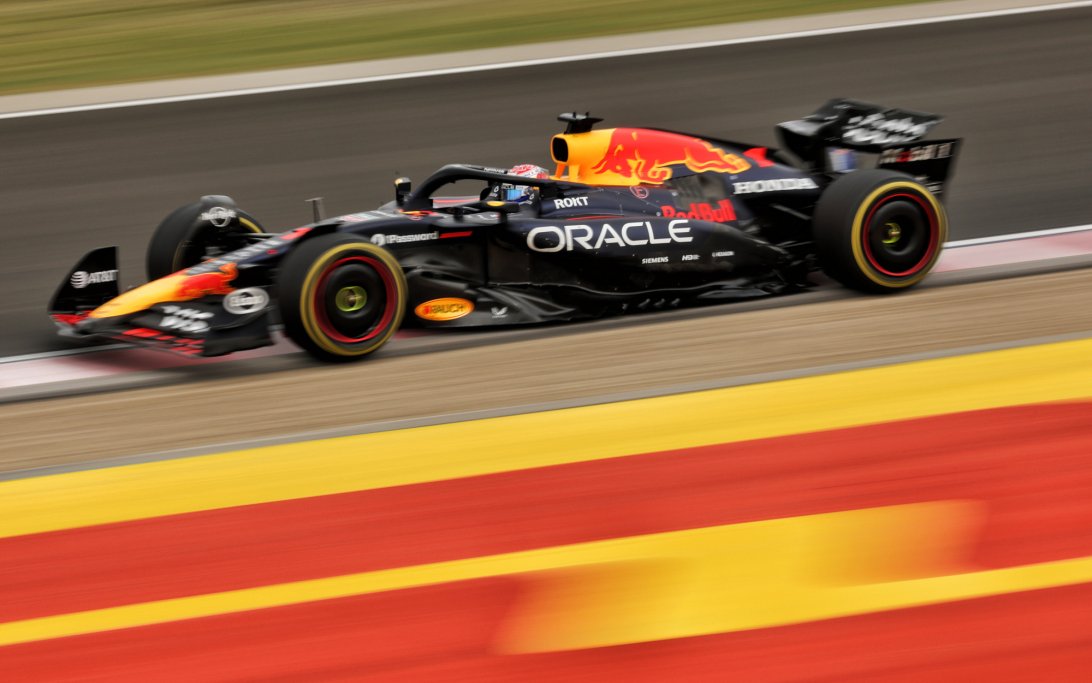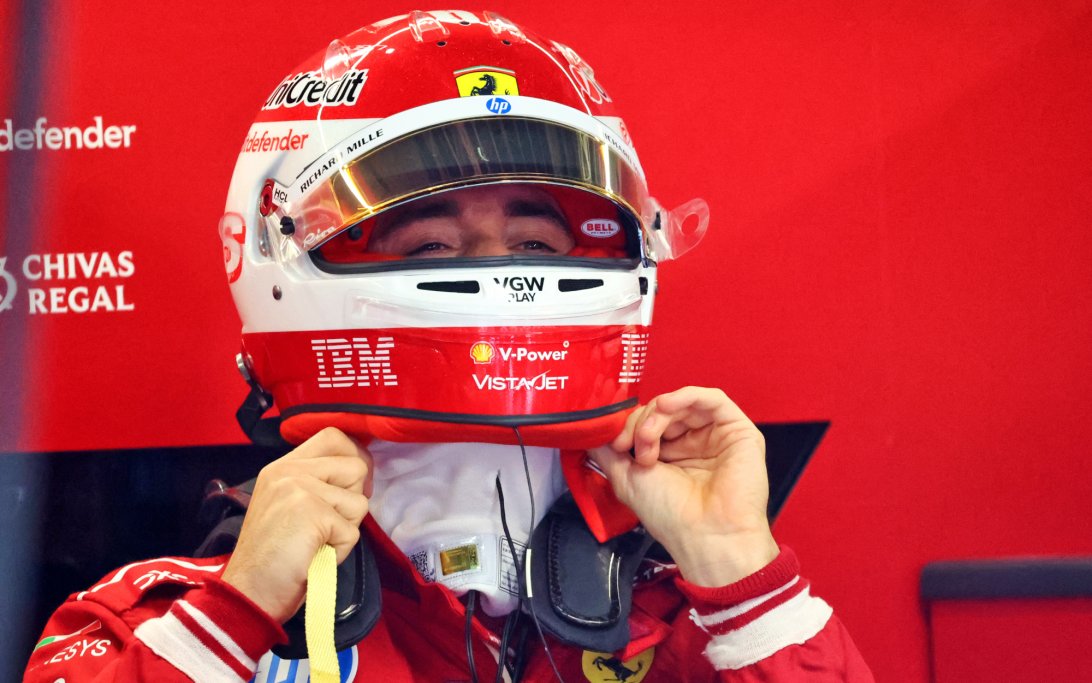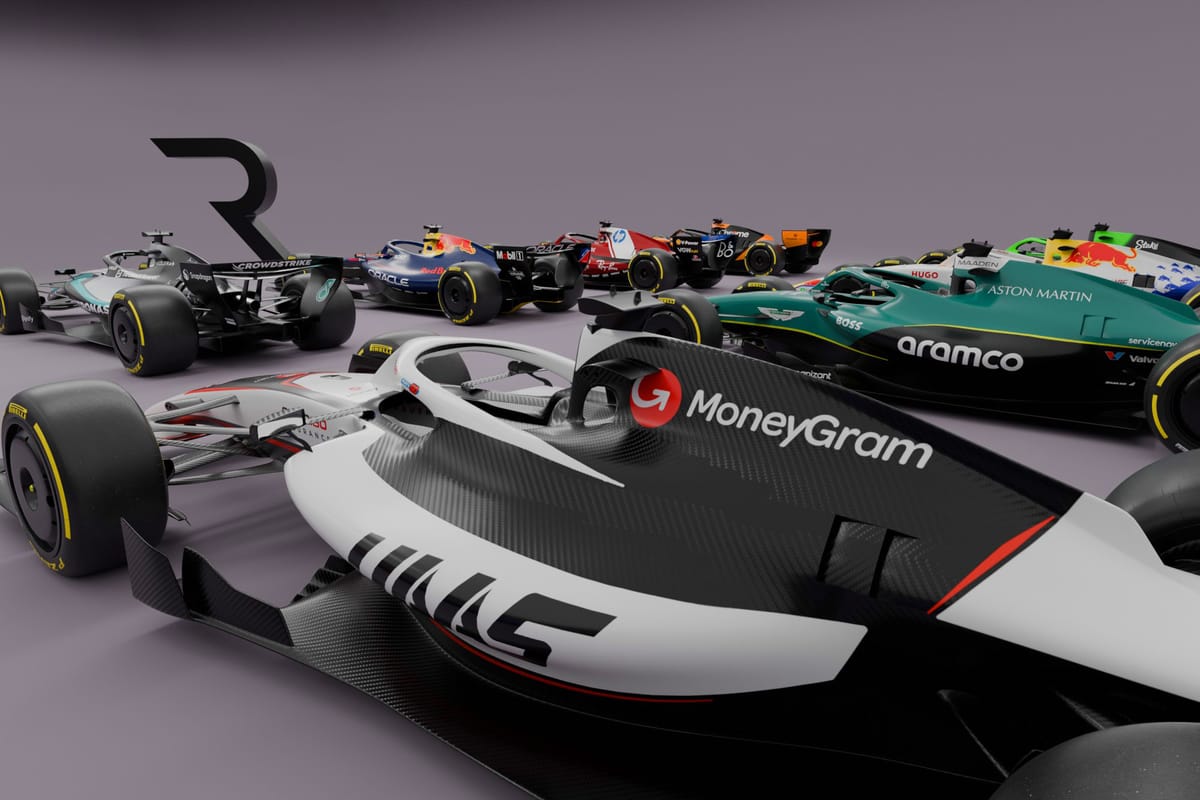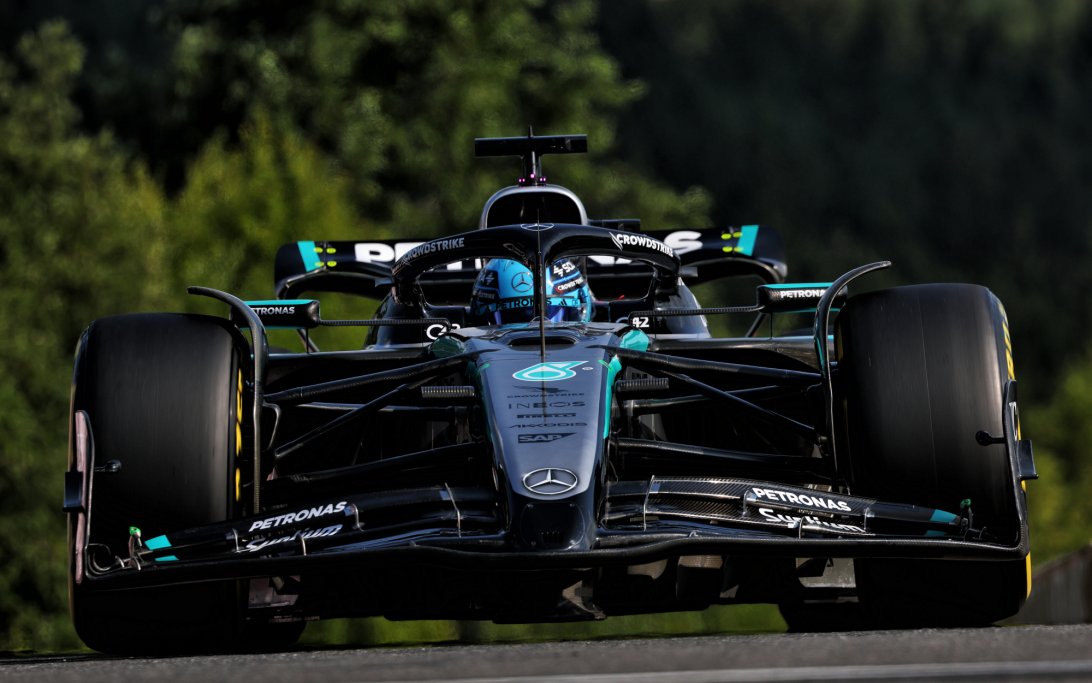Red Bull has surprisingly fallen to fourth in the F1 constructors' standings. Technical expert Paolo Filisetti reveals why the team's extensive updates aren't working: the RB21's fundamental dynamic design prevents aerodynamic gains.
Why it Matters
After unparalleled dominance and Max Verstappen's record-breaking 2023, Red Bull now lags behind McLaren, Ferrari, and Mercedes. This suggests deep-rooted car issues, not just minor performance dips.
The Problem
Despite numerous updates to the floor, diffusers, and front wing, the RB21 suffers from persistent understeer, a complaint often voiced by Verstappen. Attempts to fix this with low-downforce rear wings only worsen the car's overall dynamic behavior. Aerodynamic fixes aren't effective.
The Root Cause
Filisetti explains the RB21's shortcomings are primarily dynamic, not aerodynamic. The issue stems from the car's 'dynamic platform' – specifically, its front axle and suspension.
- Stiff Chassis: The design carried over from the dominant 2023 car features an excessively stiff front axle. While effective then, this geometry is now incompatible with the evolved aerodynamic loads of modern F1 cars.
- Aero-Dynamic Mismatch: The rapid evolution of the floor has altered car aerodynamic balance. The RB21's current aerodynamics simply cannot compensate for its chassis' inherent deficiencies. This is why updates fail.
Outlook
Further aerodynamic upgrades are unlikely to solve the problem. Red Bull must fundamentally address the RB21's core dynamic chassis issues to return to competitiveness.



